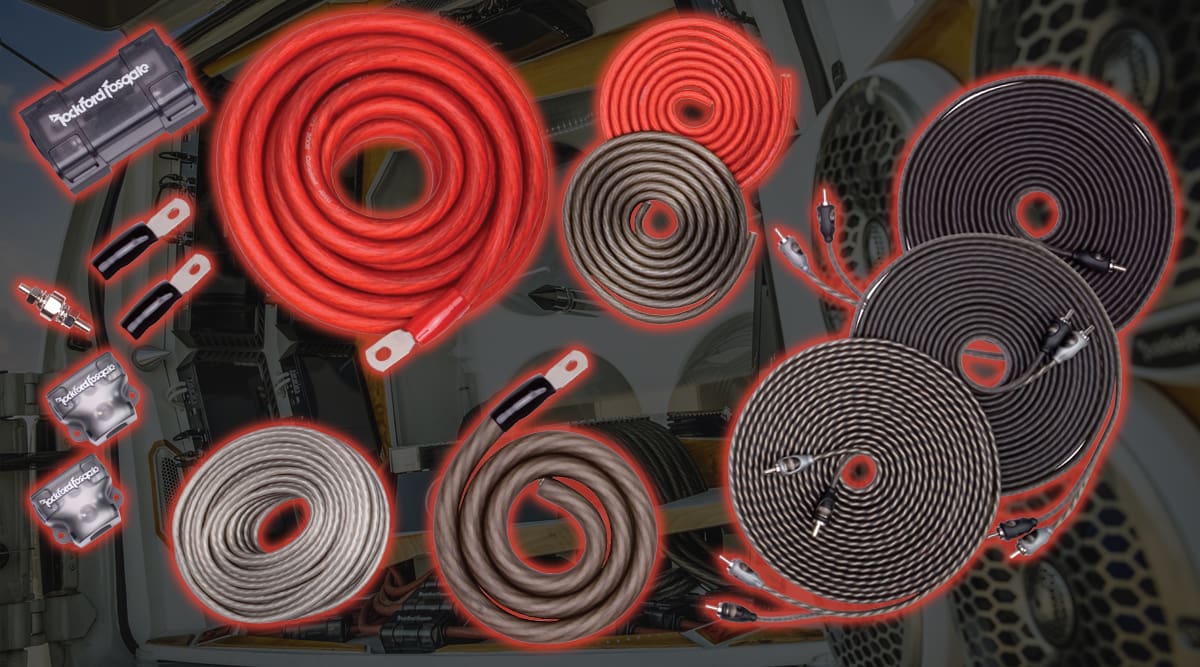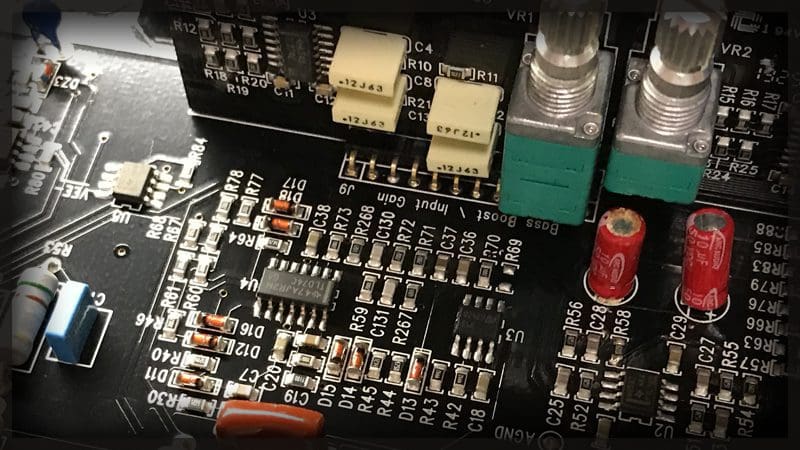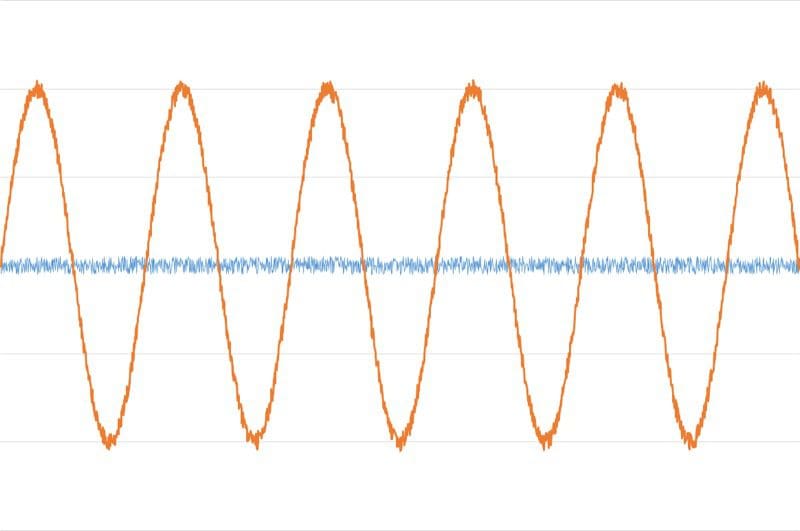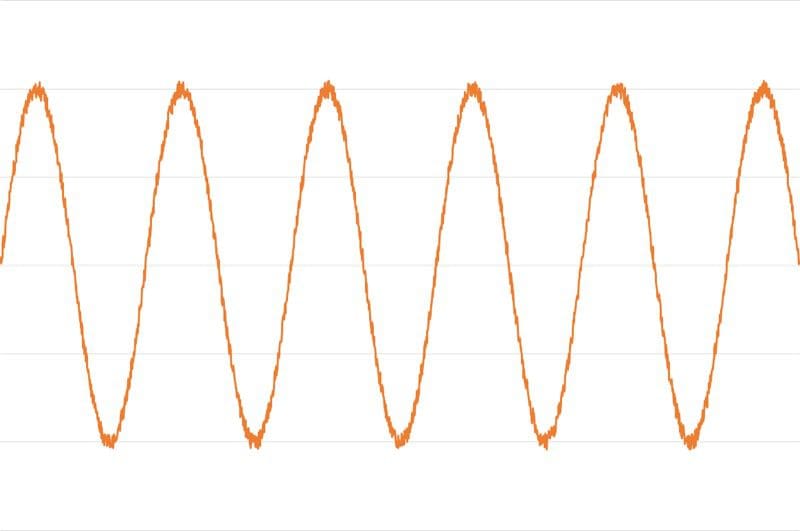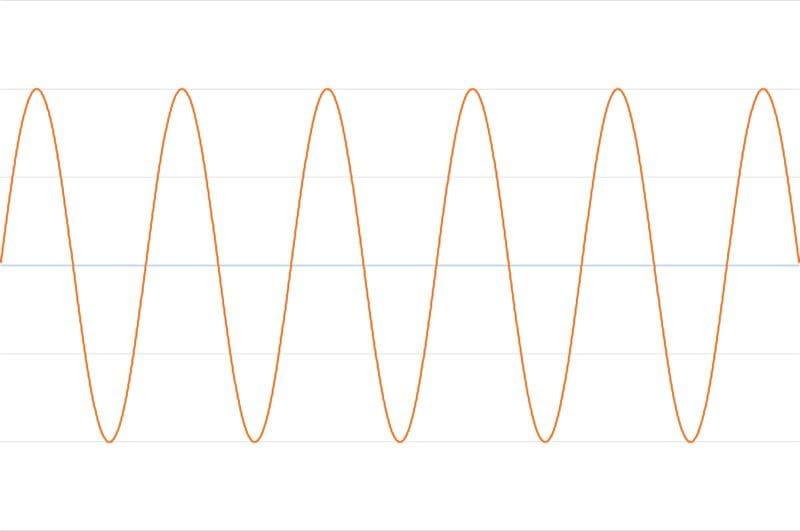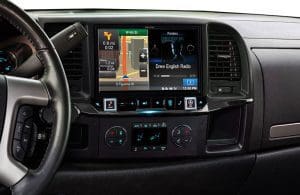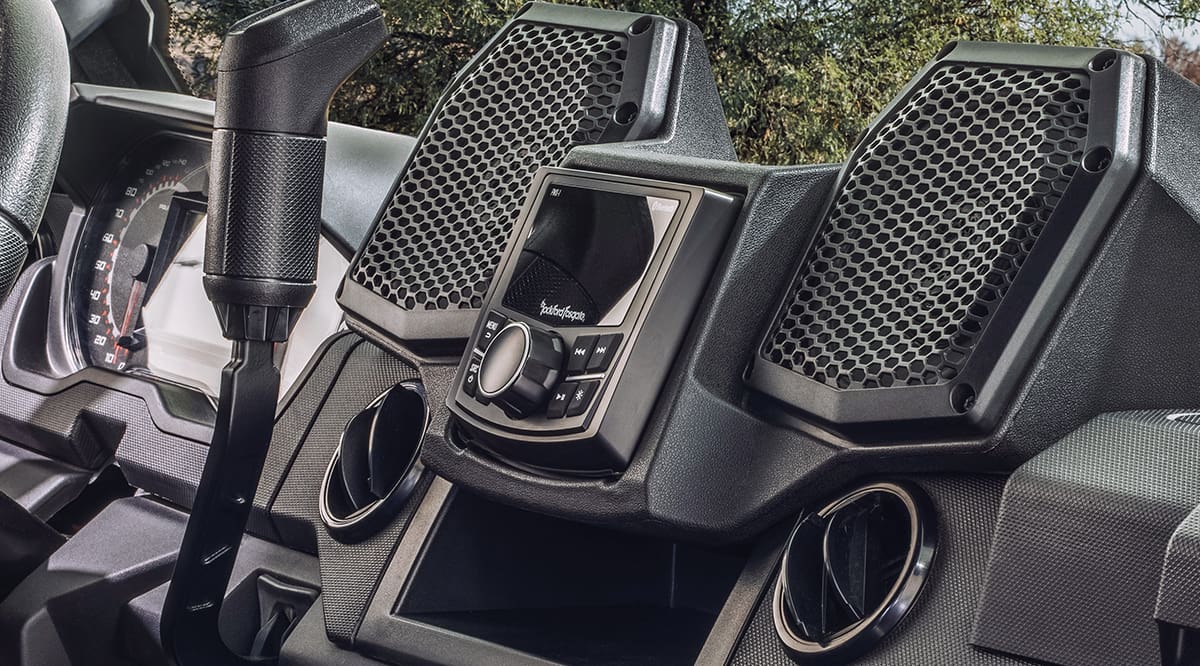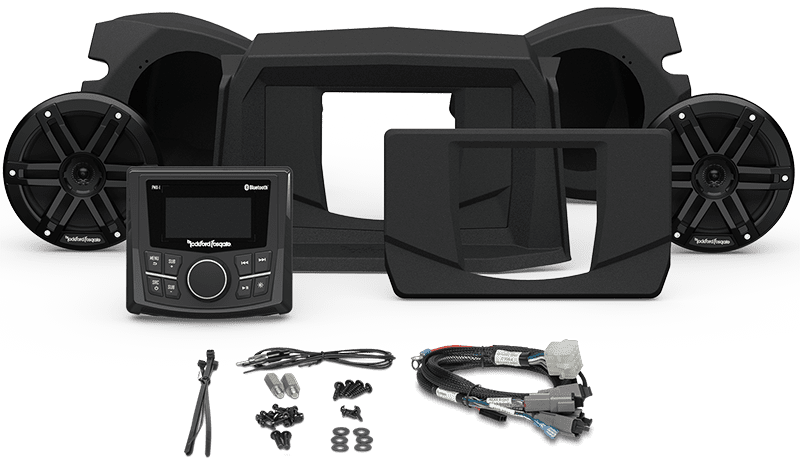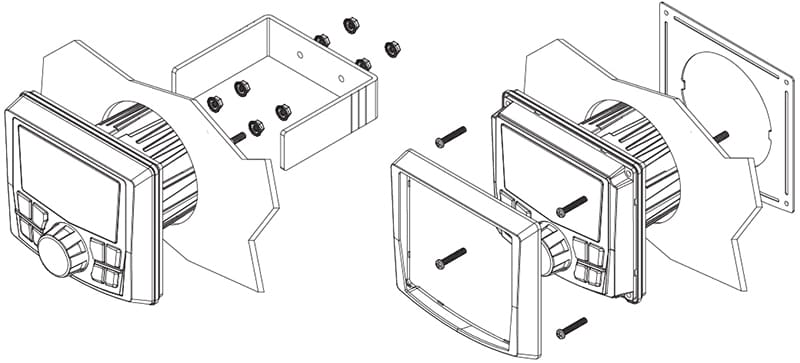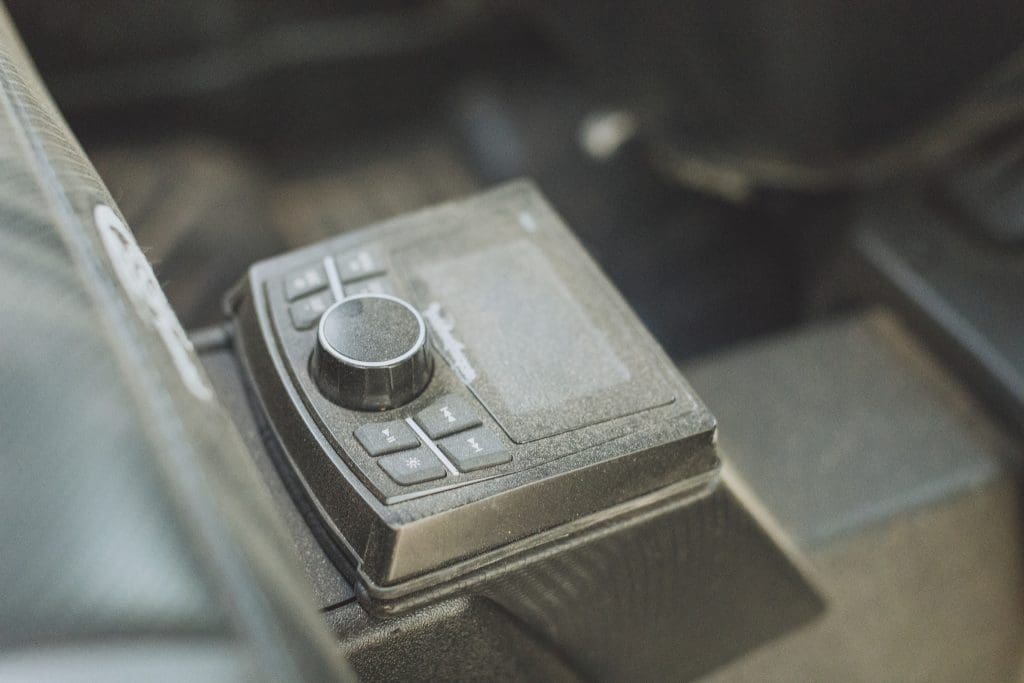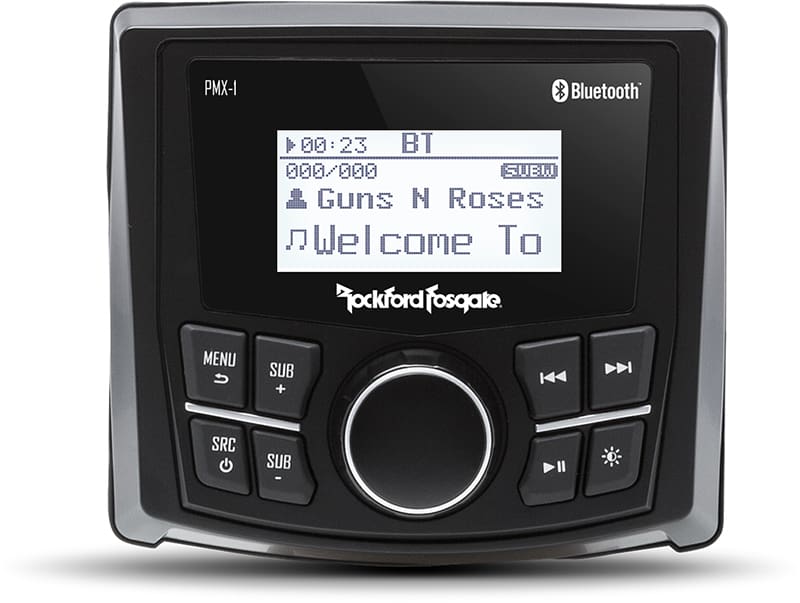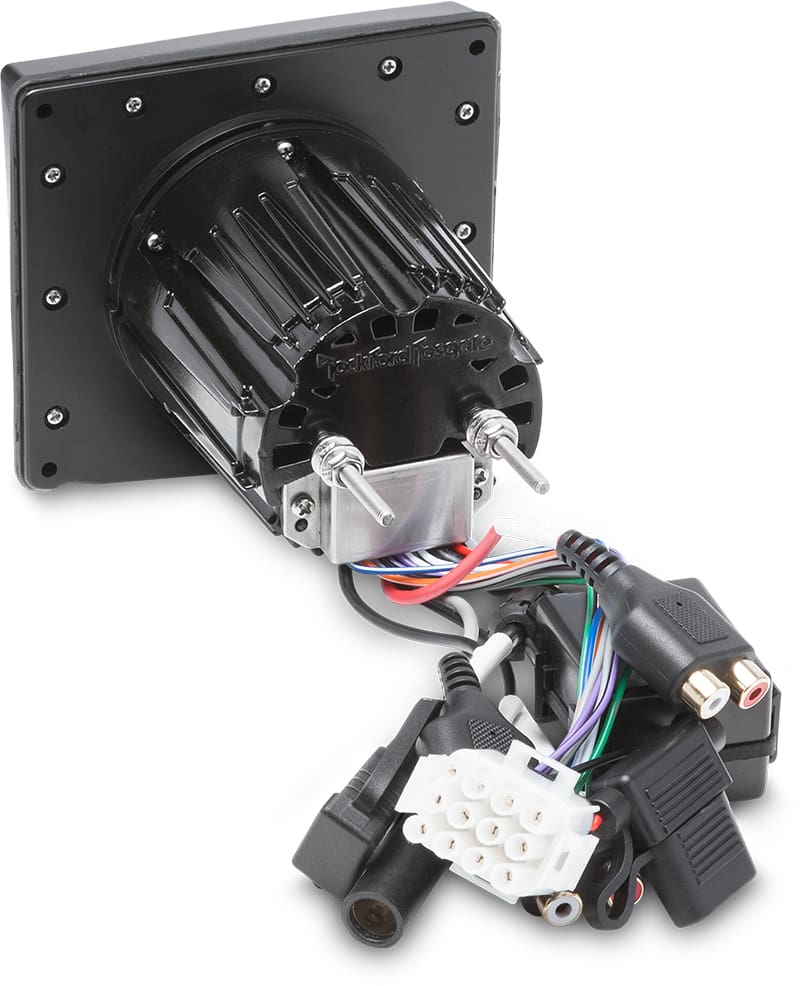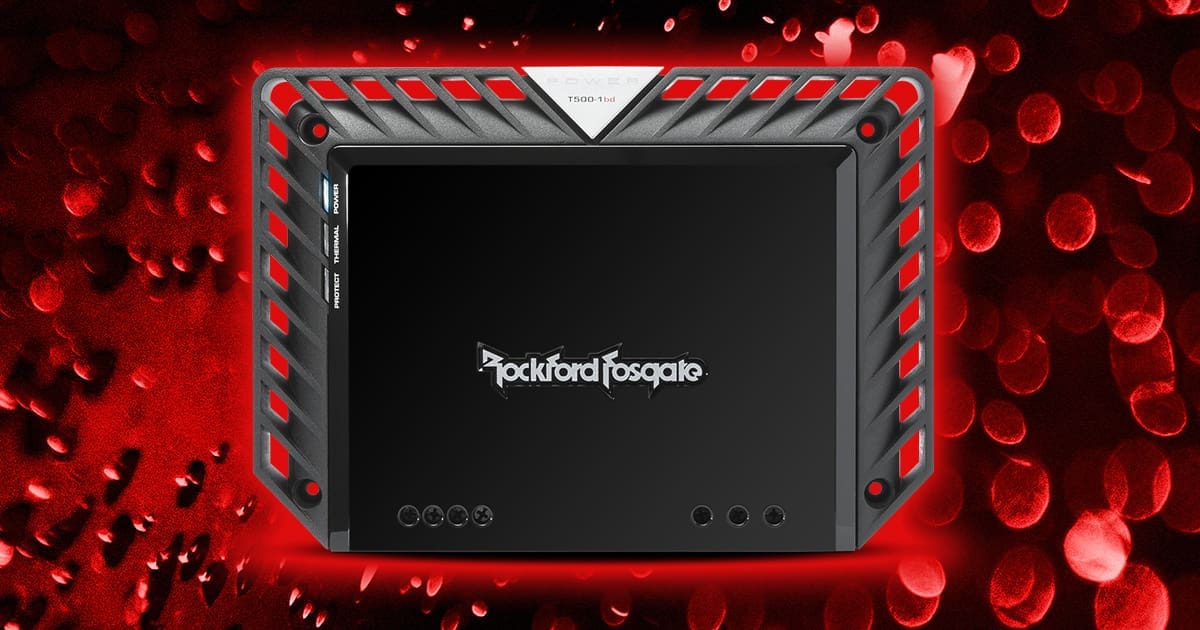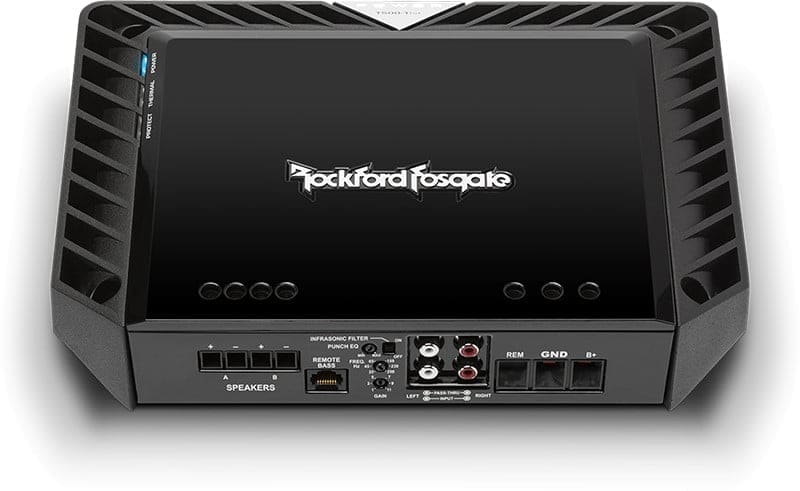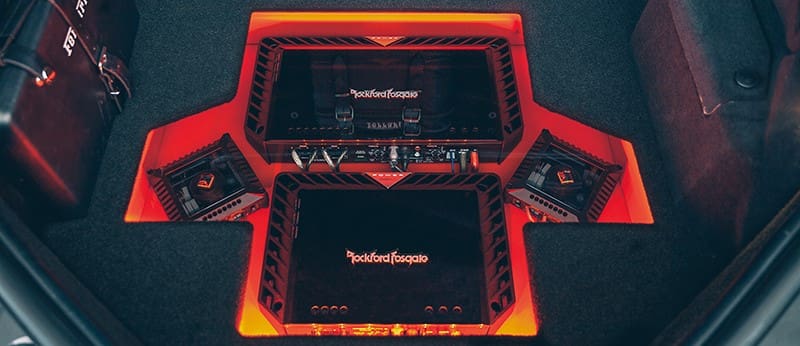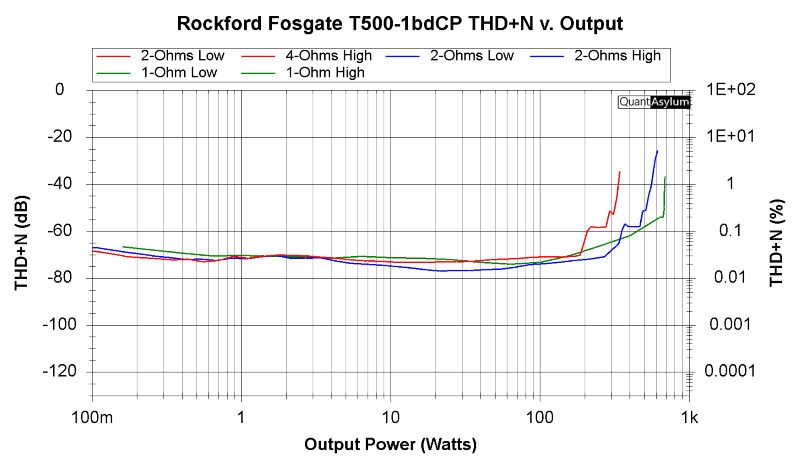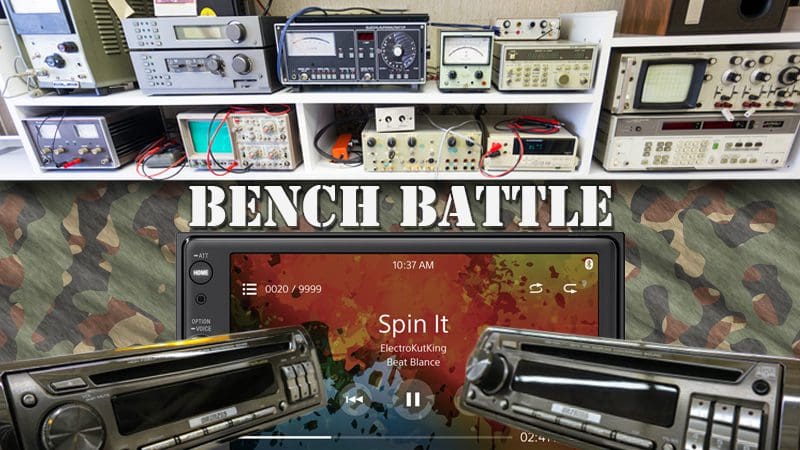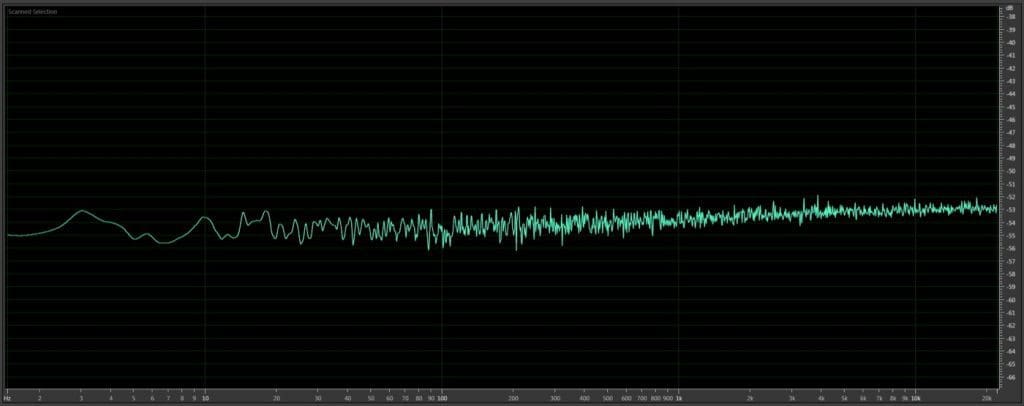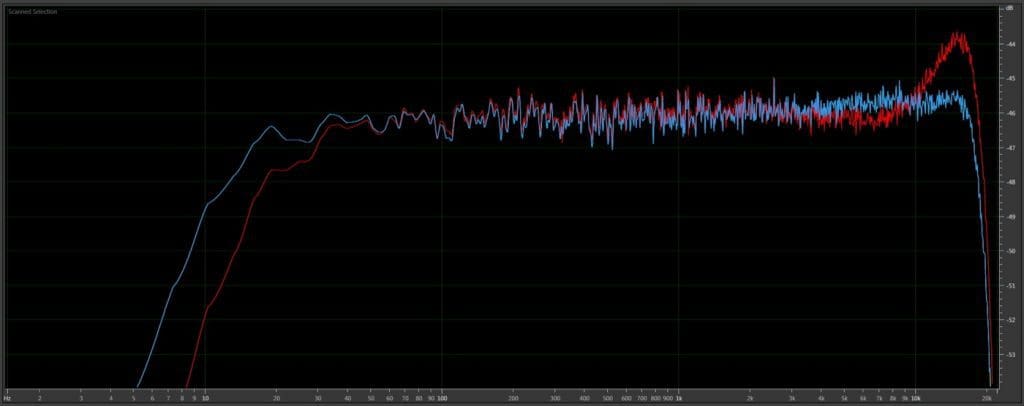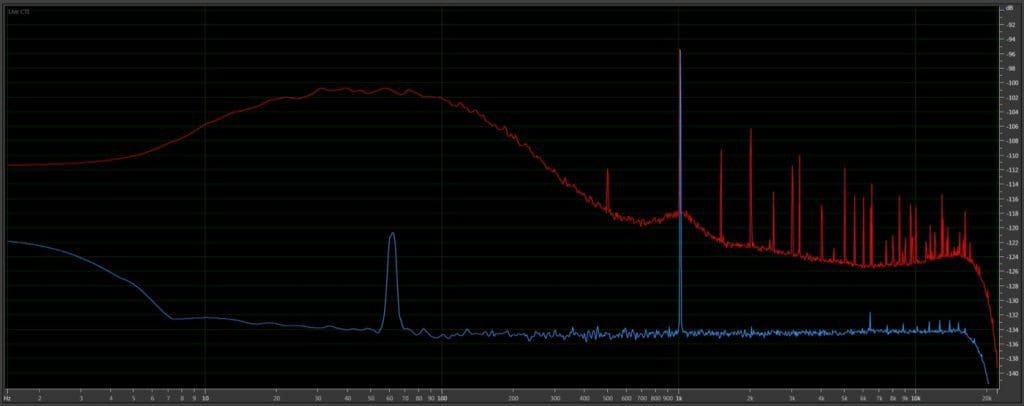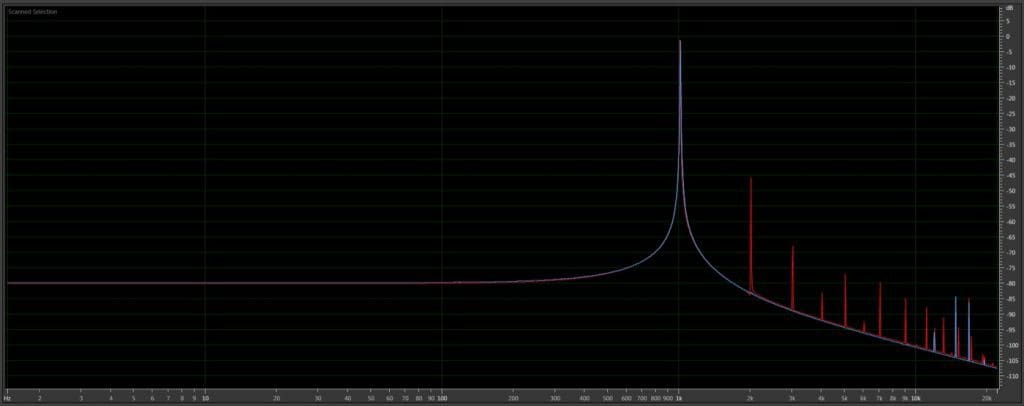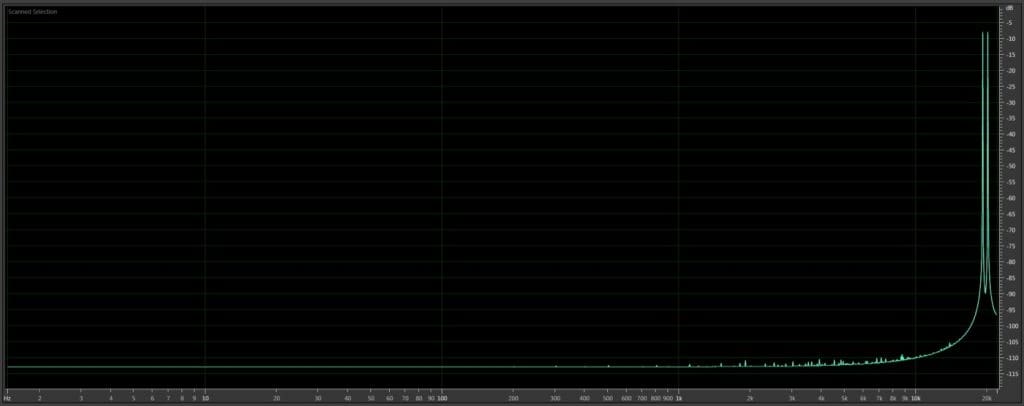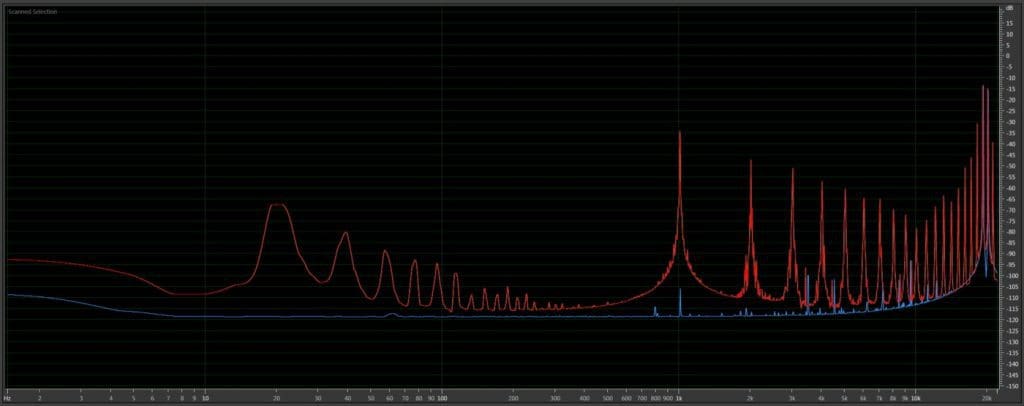Knowing that it takes power to make power isn’t rocket science. When feeding high-power car audio amplifiers, skimping on wiring invites problems. If starved for voltage, your amplifiers will run hotter and clip earlier. Rockford Fosgate offers a unique solution to ensure your amp gets the current and voltage it needs. Let’s dive into the Rockford Fosgate RFK1D Dual Amplifier Installation Kit.
Rockford Fosgate RFK1D Overview
The Rockford Fosgate RFK1D is a 1/0-AWG kit that simplifies installing two amplifiers in your vehicle. It includes 1/0 power and ground wire, 4-AWG wiring, a fuse holder, distribution blocks, a ground lug, three stereo interconnects, speaker wire, ring terminals, grommets, and zip ties. Everything needed to install amplifiers like the T1500-1bdCP for your subwoofers and a T1000-4ad for your mids and highs is included.
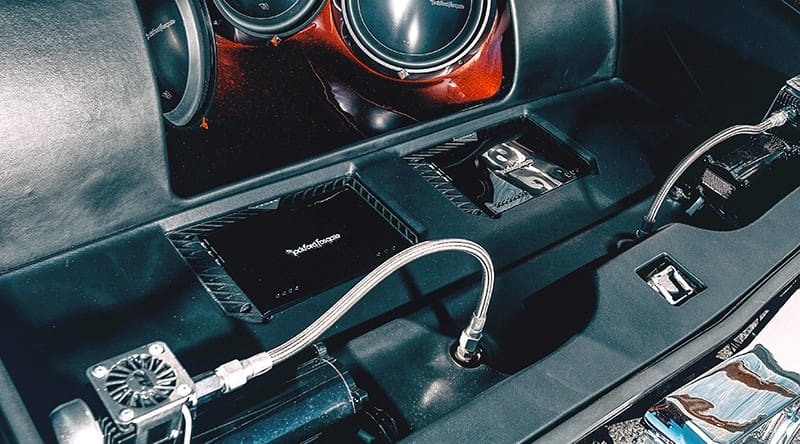
Power Wiring
The highlight of the RFK1D kit is the 17 feet of 1/0-AWG power cable and three feet of ground cable. Rockford Fosgate wiring meets the full American Wire Gauge (AWG) specification for size at 53.5mm², exceeding the 50.3mm² minimum. The wiring uses Pure Crystal Oxygen-Free Copper (PC-OFC) for maximum conductivity. The 1/0-AWG cable has 4,702 strands, making it extremely flexible.
The kit also includes four feet of 4-AWG power and ground cables. Like the 1/0-AWG cables, the 4-AWG cable is full AWG-sized with 1,862 strands, more than required for its size. It offers a cross-sectional area of 21.1mm².
Additionally, the kit provides 30 feet of two-conductor 16-AWG speaker wire. This wire also uses PC-OFC, with a high strand count for flexibility and AWG compliance.
A high strand count is crucial for speaker wire as it helps prevent work hardening when the wire bends. For instance, if your installer uses Rockford Fosgate’s 65-strand wire for your door speakers, it’s less likely to fail than “value” products with just 26 strands.
All wiring in the kit exceeds ANSI/CTA-2015 Mobile Electronics Cabling Standard requirements and meets the BC-5W2 marine wiring standard. The flexible PVC jacket resists arcing up to 600 volts and handles temperatures up to 105°C without melting or becoming gummy when exposed to oil or fuel.
I can’t stress enough the importance of looking for cables that conform to industry standards. Many brands sell “4 Gauge” wire for a bargain, but once you inspect the number of strands and bundles, you realize there’s more insulation than the wire itself! Undersized or aluminum wire will starve your amplifier and prevent it from producing its rated power.
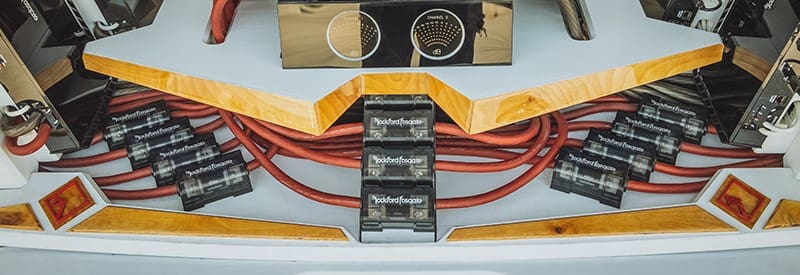
Fusing and Power Distribution
The RFK1D kit includes an RFFANL Inline ANL or Maxi fuse holder to protect the battery if the wire shorts. The block accepts the included 300-amp ANL fuse. It’s made from solid brass and features a High-Performance Plating (HPP) finish for corrosion resistance and durability.

The kit also includes one-input and two-output distribution blocks, which feature 4-AWG adapter inserts. You can run a 1/0-AWG cable from the battery and alternator, then split it into 4-AWG for a four-channel amp and 1/0-AWG for a sub amp like the T1500-1bdCP. The brass blocks have an HPP finish and come with injection-molded plastic covers.
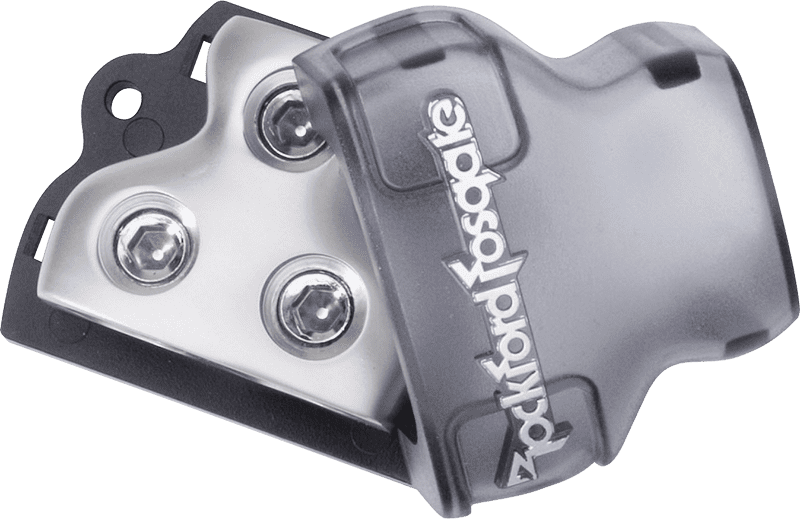
RCA Interconnect Cables
Just as your amplifiers need efficient power delivery, they also need clean signals. The RFK1D kit includes three 16-foot, two-channel Rockford Fosgate twisted-pair interconnects. Twisted-pair geometry helps reject noise when used with amplifiers featuring differential inputs.
The interconnects feature split center pins for a solid connection. Injection-molded RCA ends provide strain relief, and gray and black markings make it easy to distinguish between channels.
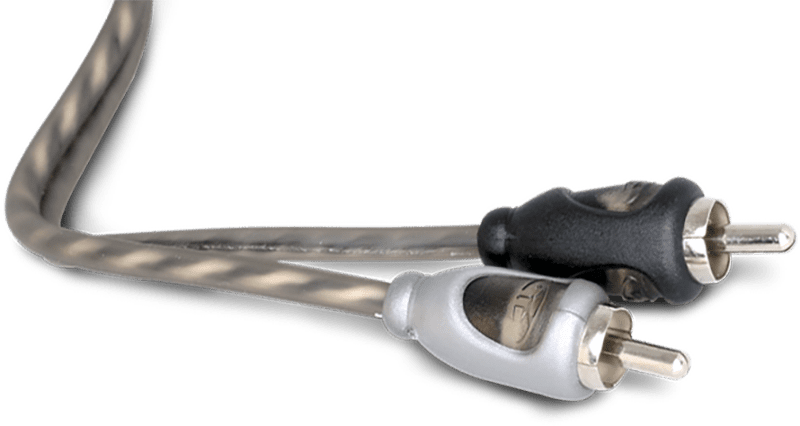
Kit Accessories
The kit is complete and well-designed. It comes with ring terminals crimped onto the 1/0-AWG power and ground cables and the 4-AWG ground cable. A spare 1/0-AWG ring terminal and a brass grounding lug are also included. Additionally, there are 20 feet of 18-AWG remote turn-on wire, butt connectors, grommets, and zip ties.
Complete Dual Amplifier Installation Kit
You could piece together a similar kit from other brands, but matching this quality would take a lot of work. If you have two amplifiers that need reliable power, visit an authorized Rockford Fosgate retailer and ask about the RFK1D kit. If it’s too much, Rockford Fosgate also offers dual amplifier 4-AWG and single-amp kits in 4 and 8-AWG sizes.
To find a Rockford Fosgate retailer near you, use the locator tool on their website. You can also follow Rockford Fosgate on Facebook, Instagram, and YouTube for new product releases and event updates.
This article is written and produced by the team at www.BestCarAudio.com. Reproduction or use of any kind is prohibited without the express written permission of 1sixty8 media.
